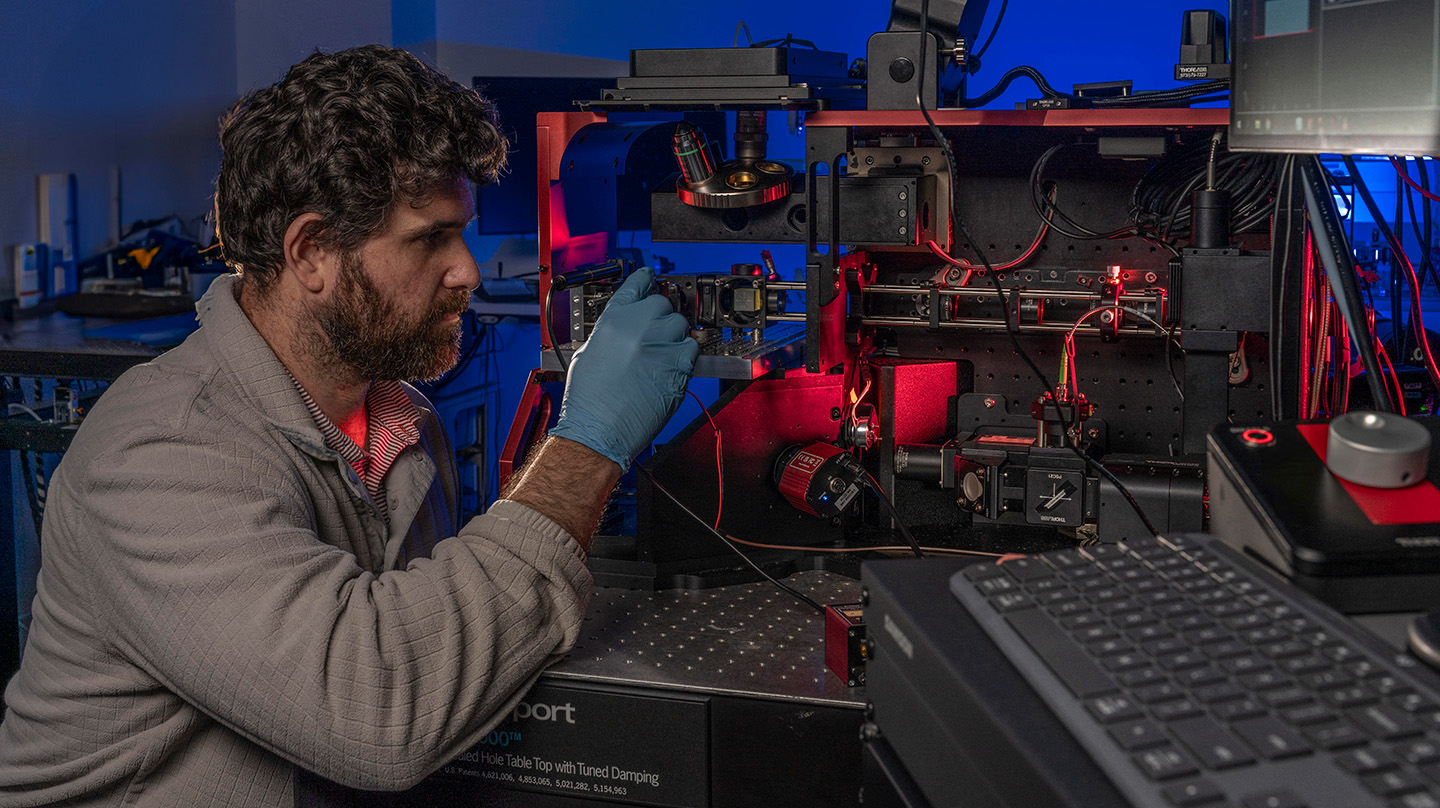News
Johns Hopkins APL Develops Innovative Platform for Traumatic Brain Injury Research
Audio generated using AI voice technology.
Traumatic brain injuries have long affected military service members, with the Department of Defense reporting nearly 516,000 cases worldwide from 2000 to 2024.
A team of researchers from the Johns Hopkins Applied Physics Laboratory (APL) in Laurel, Maryland, and the Johns Hopkins Bloomberg School of Public Health is developing a next-generation brain organoid platform to address this challenge. The research, Platform to Optimally Study Injury and TRauma On Neural Integrity and Circuitry (POSITRONIC), published in Frontiers in Bioengineering and Biotechnology, reviews the key concepts underlying platforms tailored for studying low-level blast exposure.
“The cumulative effect of low-level blast exposures is not well understood because of the lack of ability to measure subtle effects on the human body, which may first manifest immediately after exposure but ultimately can evolve over long periods of time,” said Katy Carneal, assistant program manager for Biological and Chemical Sciences at APL.
Low-level blasts generate pressure waves that transmit through the skull and interact with brain tissue; repeated exposure to these blasts can cause mild blast-induced traumatic brain injuries, or mbTBI. Military and law enforcement personnel may experience more than 100 of these blasts in some training exercises — and many more over their careers.
“Our goal is to develop a prototype platform to better understand the effects of mbTBI caused by repeated low-level blasts by leveraging advances in brain organoids and noninvasive optical imaging,” said Eyal Bar-Kochba, chief scientist in APL’s Research and Exploratory Development Department (REDD) and principal investigator for POSITRONIC. “In doing so, we hope this research will help pave the way for advancements of preventative measures, improved diagnosis and treatment options.”
Next-Generation Platforms
Researchers have long used in vivo models — experiments involving live animals — and in vitro models, which involve simpler cell cultures grown in a lab, to study traumatic brain injuries. However, translating findings to humans has been challenging because of the limited human relevance of these models.
Enter brain organoids, a promising in vitro model derived from humans. A key benefit of brain organoids is their ability to replicate intricate neural networks and cellular interactions. Neurotoxicologists Thomas Hartung and Lena Smirnova, from the Bloomberg School, played an integral role in developing these organoid platforms for trauma research. The POSITRONIC team is pioneering the use of brain organoids to study the effects of repeated low-level blast exposures.
“This underscores the versatility of organoids as an alternative to animal testing, providing a model for investigating yet another complex disease,” said Smirnova, assistant professor at the Bloomberg School.
Once the brain organoid is grown, it is integrated with a pressure-generation system that enables researchers to simulate repeated low-level blast exposures at pressures similar to what many service members experience during training exercises.

